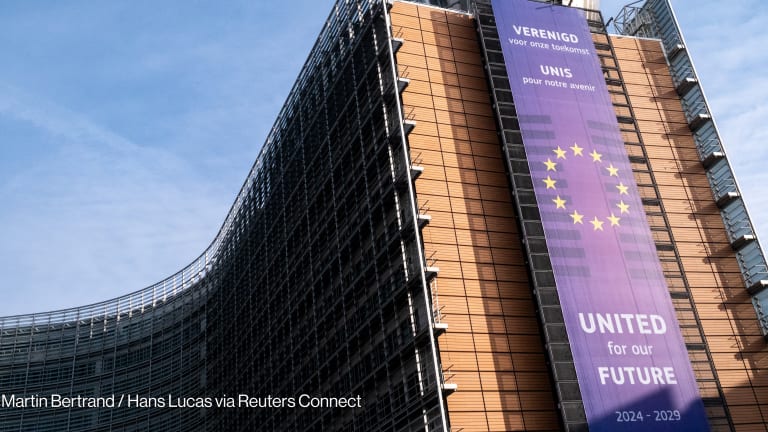The European Union’s foreign aid budget lacks transparency and measuring its impact is sometimes impossible, according to a new audit.
The European Court of Auditors’ latest nonbinding report found a number of shortcomings in the €79.5 billion (around $85 billion) Global Europe instrument, which covers 70% of EU spending outside the bloc.
Piotr Zych, the lead auditor, told Devex in an interview this week that the most striking problem his team identified was how the money is allocated.
Printing articles to share with others is a breach of our terms and conditions and copyright policy. Please use the sharing options on the left side of the article. Devex Pro members may share up to 10 articles per month using the Pro share tool ( ).








